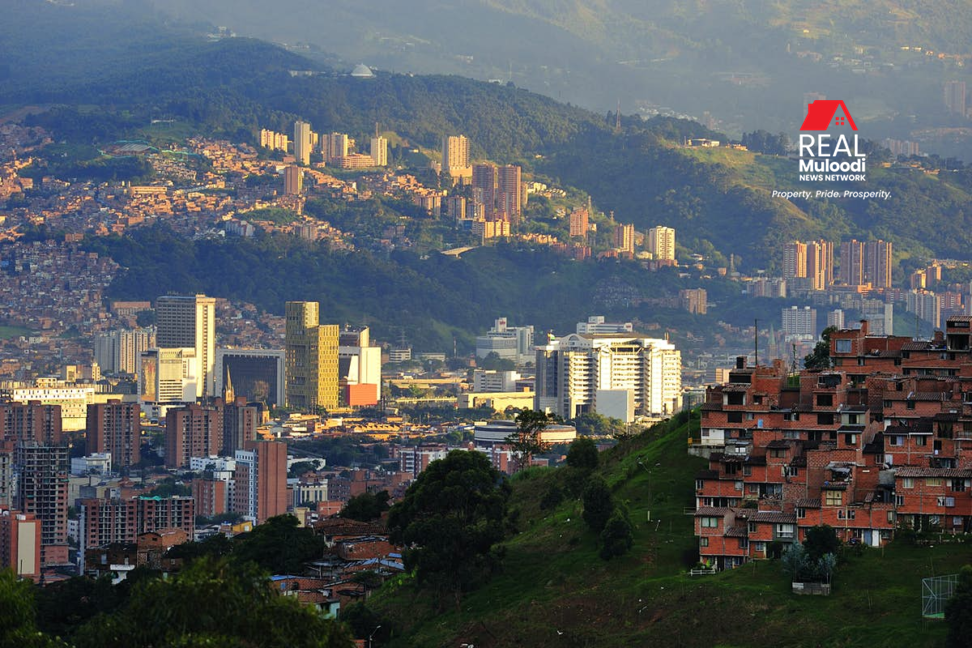UGANDA, Kampala | Real Muloodi News | The Ugandan government inaugurated seven new ‘cities’ on 30th June 2021, by elevating former municipalities of Arua, Gulu, Mbale, Jinja, Masaka, Mbarara, and Fort Portal to city status, with the aim that physical planning, implementation of activities, and general administration will be better.
Besides Kampala, the government has now created fifteen cities, with more yet to come. These cities operate under the Local Government Act and the guidance of the National Urban Policy.
However, transforming these newly formed urban areas into engines for socio-economic growth and development requires forward-looking planning and proactive policies.
The Ministry of Local Government, on the 3rd March 2021, together with International Growth Centre, held a policy workshop to discuss the best practice in the establishment of new cities and key policy actions for unlocking the potential for new cities to drive economic growth and development in Uganda.
During the workshop, leaders discussed the importance of designing an urbanisation strategy so that these cities are set up for success from the outset; planning has to happen ahead of settlement and development.
Lessons should be taken from Kampala, which is choking with congestion as a result of a lack of proper urban planning. From the onset, these new cities must respect and enforce urban planning, land and environmental management, business planning, models, and social development in order to succeed.
The appropriate governance structures also need to be in place to improve decision making at local levels for a sucessful planning process and policy formulation by these new cities’ administrations.
If managed effectively, urbanisation will drive Uganda’s economic growth, productivity and welfare by creating infrastructure, orgnaised living and employment.
Global statistics show that more people will move to urban centres in the next forty years than in the entire human history.
It is therefore important that safe and livable spaces be enshrined in the new cities’ growth and development plans for inclusive and sustainable city living.
There is a need to forge new relationships between private and public stakeholders in urban planning to attract people and businesses into the new cities and create an identity that binds them to their towns.
Furthermore, the government needs to build capacity among physical planners, engineers, and law enforcement agencies to embrace urban design, and promote safety. For instance, the police must start working closely with physical planners to encourage designs that can help augment efforts to achieve safer urban environments.
‘Urbanization has been a positive force for economic growth, poverty reduction, and human development. Cities are places where entrepreneurship and technological innovation can thrive. Urban areas also serve as hubs for development, where the proximity of commerce, government, and transportation provide the infrastructure necessary for sharing knowledge and information.’ (United Nations, 2018).
Therefore, early safe and inclusive city planning should be the way forward for these new cities.
READ MORE LIKE THIS:
NHCC Seeks USh.1.5 Trillion to Put up Model Estates in New Cities



